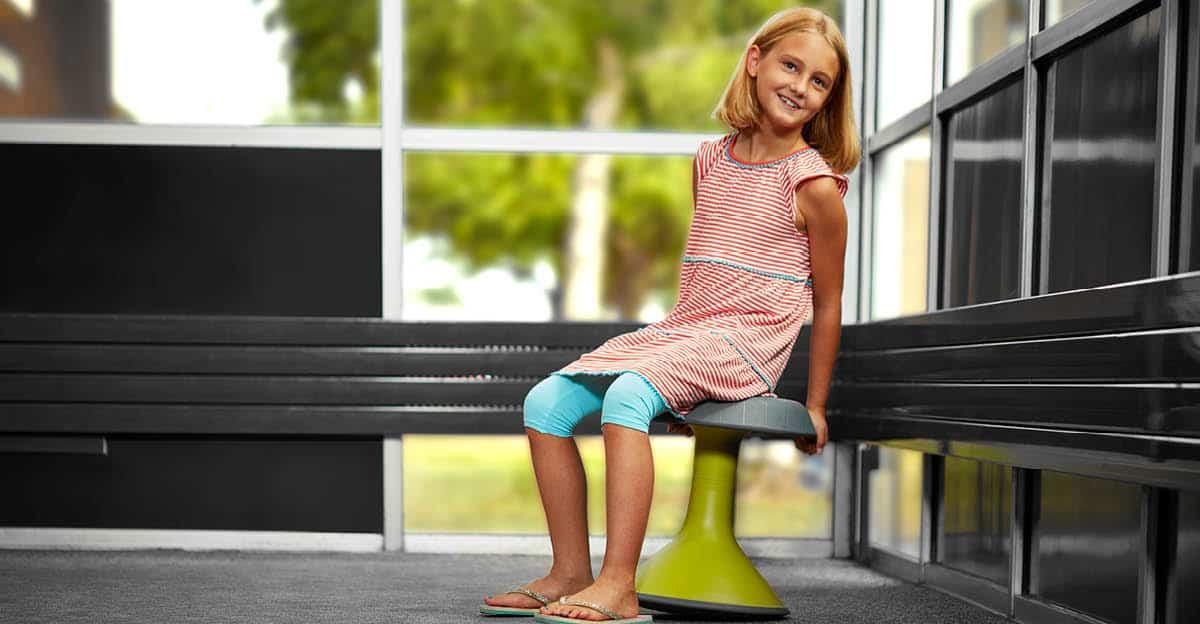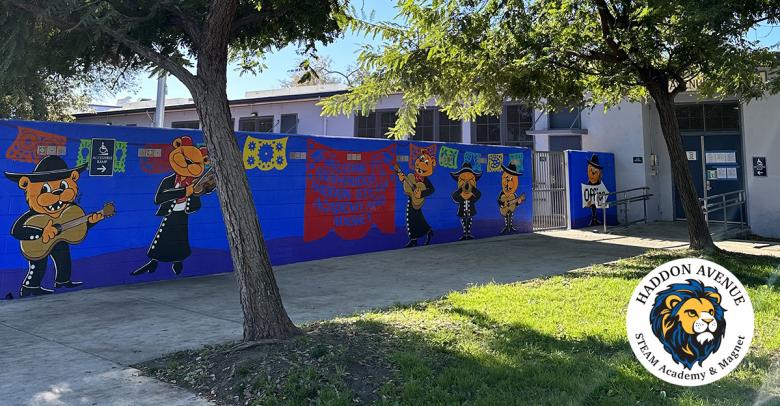In any classroom, there are always at least a few students who just can’t sit still. They’re constantly fidgeting, or twisting in their seat, or rocking their chair back and forth—and all the while, they’re having trouble focusing on the lesson at hand.
For decades, the instinct of many teachers has been to stifle these urges to move. But as it turns out, this movement is actually beneficial to learning and can increase student engagement.
The Link Between Movement and Student Engagement
All students need to move throughout the school day, and those with sensory processing disorders or difficulty self-regulating are apt to move more frequently.
Physical spaces that are designed to support all learners should accommodate this need. In fact, research supports the idea that frequent movement and fidgeting might actually help students who have attention deficit hyperactivity disorder (ADHD) learn better.
A study from the University of California Davis MIND Institute showed that physical movement while performing cognitive tasks helps students with ADHD focus their attention on learning more effectively.
“It turns out that physical movement during cognitive tasks may be a good thing for [students with ADHD],” said psychiatry professor Julie Schweitzer, director of the ADHD program at the UC Davis MIND Institute. “Parents and teachers shouldn’t try to keep them still. Let them move while they are doing their work or other challenging cognitive tasks. It may be that … the movement increases their arousal level, which leads to better attention.”
Why is this important? The latest data from the Centers for Disease Control show that 6.1 million U.S. students have been diagnosed with ADHD. Students with ADHD and those with sensory processing disorders are likely to be found in almost every classroom.
What This Means for Classroom Design
To boost student engagement and meet the learning needs of all students, teachers should allow and even encourage students to move around while they’re learning—and the furniture you choose for your classrooms can help.
For instance, “fidget” seating and “wobble” stools allow for movement by letting students twist, rock, or move in other ways without disrupting the physical flow of a classroom.
Students who habitually tip their chairs back might be seeking extra vestibular or movement input for self-regulation to help maintain focus and attention. Seating that rocks and allows for movement addresses this need, while also keeping students safe and preventing falls.
Cecilia Cruse
Cecilia Cruse, MS, OTR/L has a BS degree in Occupational Therapy from the University of Florida, and her Master’s degree in Education from Georgia State University. She is SIPT certified and has over 25 years’ experience in pediatrics with school-based services, acute care, and outpatient pediatric settings.
Read more posts by Cecilia Cruse–>







Leave a Reply